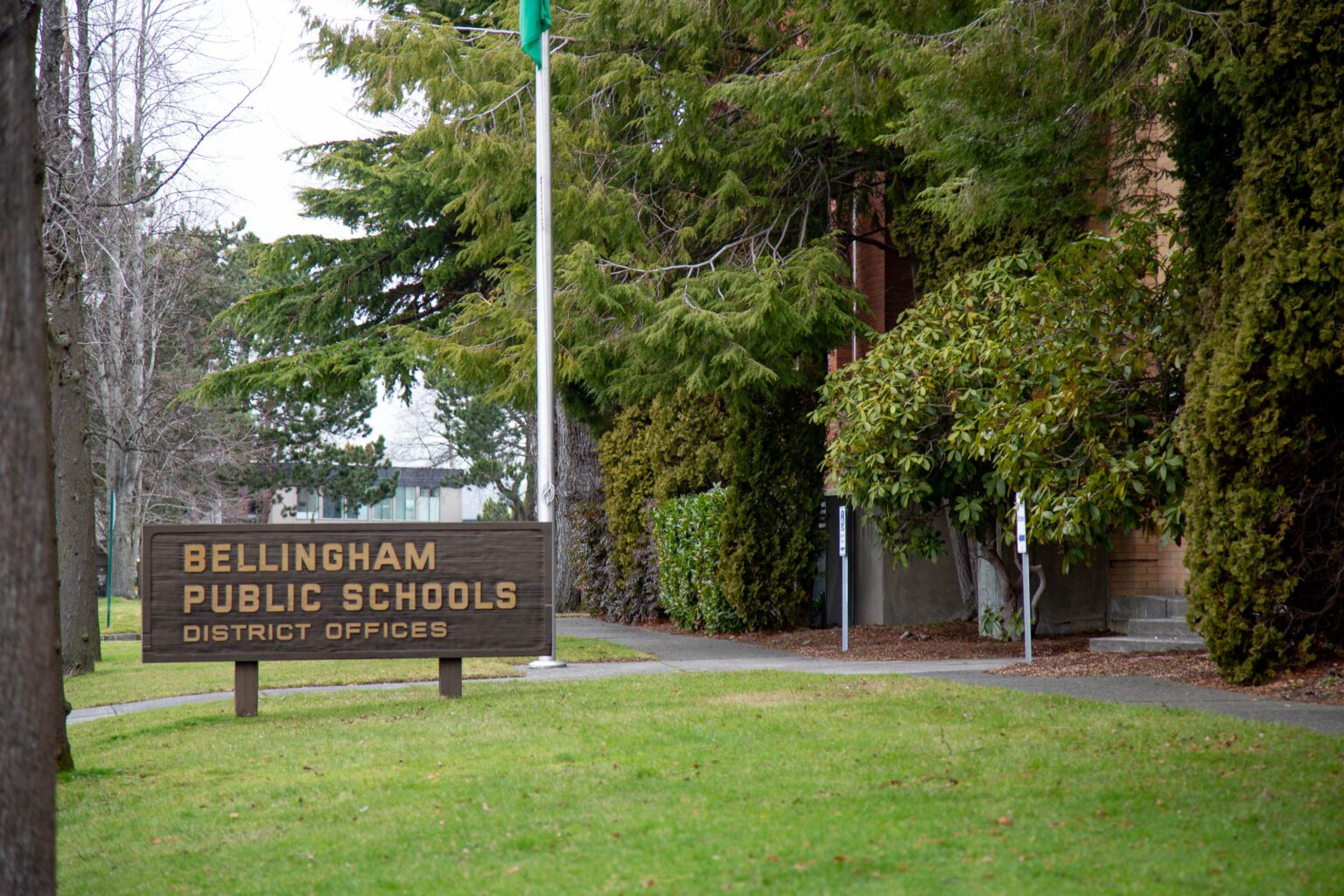Three Whatcom County superintendents say additional education funding passed by the state Legislature will bring some relief, but the state continues to fall short of adequately funding public schools.
In the short session, the Washington state Legislature approved an additional $333 million in its operating budget for education, and $306 million in the capital budget for school construction. The budgets will still need to be approved by Gov. Jay Inslee, and districts won’t know for another few weeks exactly how much extra funding they’ll end up with.
Meridian School District Superintendent James Everett, Bellingham Public Schools Superintendent Greg Baker and Nooksack Valley School District Superintendent Matt Galley said the state continues to leave many essential school costs unfunded, despite the additional investment.
“Every year is this rollercoaster where you wait for the Legislature to tell you what your budget is going to be for next year, and it’s never enough,” Baker said.
Increases in this year’s operating budget include $71.8 million to grow staffing allocations for paraeducators, office support and non-instructional aides, and $43.6 million to increase the rate by $21 per pupil for materials, supplies and operating costs.
While materials costs increases are welcome, it still doesn’t match inflation, both Everett and Galley said.
“It would have been more appropriate to receive $400 per student to really boost because we had a very stark increase in inflation in the last two years,” Everett said. “What we received was $21 per student. So, that’s a far cry from what’s needed.”
Special education funding got a small bump: Legislators raised the funded enrollment limit cap from 15% to 16%. Galley said this will help Nooksack Valley, as they have about 17.5% of students who receive special education.
“Another percentage increase will provide us more funding and allow us to use less of our discretionary levy dollars on some of those extra needs kids have that are beyond the funding level,” Galley said.
There’s also $45 million allocated to the state’s free school meals program and $77.5 million for school transportation.
Capital budget increases
In the capital budget, an increase from $271.61 to $375 per square foot to the School Construction Assistance Program should benefit local schools. The program allocates districts money per square foot for certain capital projects — about $79 million in total. While it’s more, Everett said it’s still not enough.
“The difficulty is it currently costs around $700 a square foot for real construction,” he said. “Even though it’s been increased by over $100, we’re still almost half below what the current market demands for construction.”
The capital budget also allocates $114 million to the Small District and Tribal Contact Modernization program, $45 million to improving HVAC systems and $68 million to funding skills centers and technical education facilities.
State funding still not enough
Everett said he appreciated the “outstanding legislators” in the 42nd and 40th districts. But despite the jump, he said schools still don’t receive the necessary funding — and that is why schools are so dependent on levies to function.
Galley said he’s appreciative of the extra money, but remains concerned about the Legislature’s resistance to meeting funding gaps and the resulting emphasis on local taxes to fund schools.
In a district like Nooksack Valley with a rural tax base, “the burden falls on the taxpayer. The tax rates are going to be higher to generate less funds,” Galley said. Nooksack Valley’s levy just barely passed this year.
Baker described his “glass half-full” take on the session: He was glad to see extra dollars being allocated to education, but called the session, overall, “frustrating.”
Last year, Inslee signed into law a 3.7% raise for K-12 teachers. But Baker said the Legislature did not fully fund this increase, meaning funding for those raises will likely come from districts’ local levies (which can only increase so much a year).
That’s on top of ongoing challenges with the state’s funding model. Baker said Bellingham’s regionalization factor is going down again from 7.5% to 6% next year. “They’re taking away money from us, at the same time, that [staff] compensation is going up.”
[Read more: Regionalization is another headache in school funding]
Baker expressed appreciation for the legislators that “pushed hard to increase where they did,” especially with competing interests outside of education.
“Appreciation, and we got to do better. We got to figure out a better model that’s more predictable, and more authentically does pay for what a community expects for education,” he said.
Charlotte Alden is CDN’s general assignment/enterprise reporter; reach her at charlottealden@cascadiadaily.com; 360-922-3090 ext. 123.



